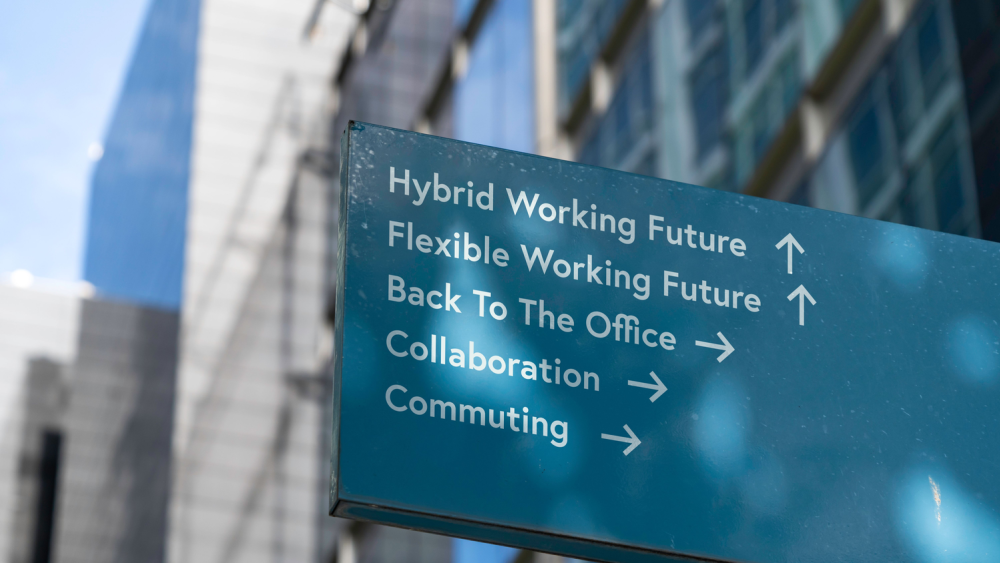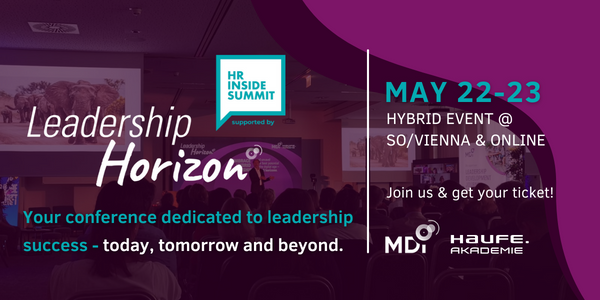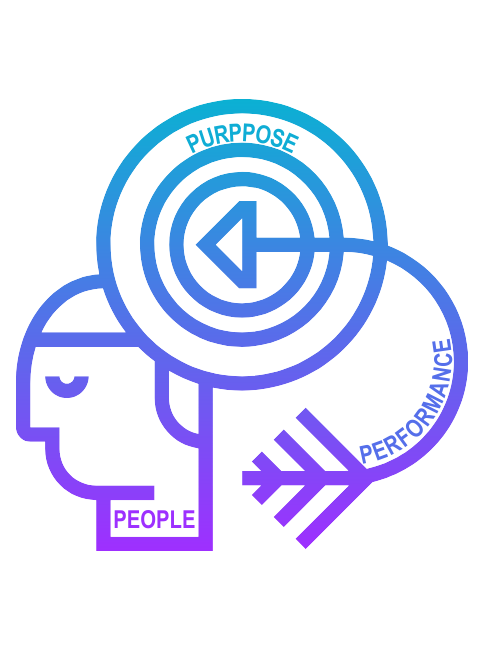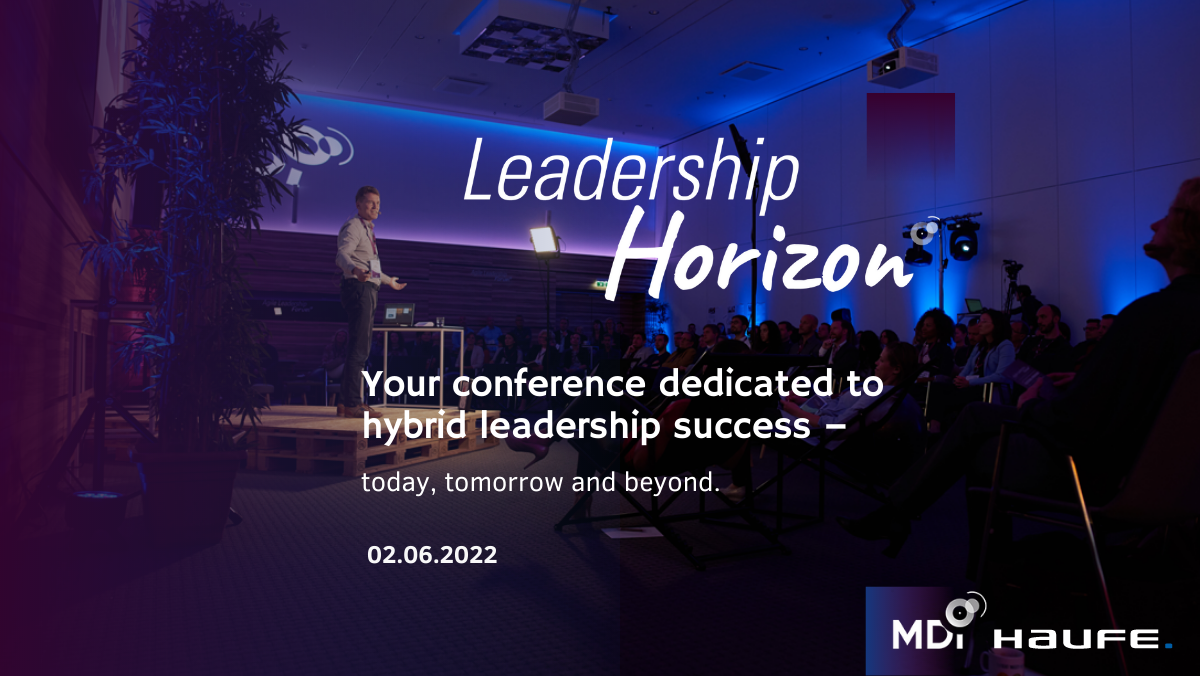
Promoting Cohesion and Retaining Talent: Leadership in Focus
Promoting Cohesion and Retaining Talent: Leadership in Focus
Prefer to listen to the article? Click below to access our AI speech-generated audio. However, if you want to read it as usual, keep scrolling.
Promoting Cohesion and Retaining Talent: Leadership in Focus
In a changing world of work, where motivation and employee retention are crucial, leaders are increasingly in the spotlight. Current statistics send alarming signals: 60% of leaders receive no leadership development at all. Gallup’s “State of the Global Workplace” report highlights the urgency of this problem.
Learn with this article how targeted leadership development can strengthen cohesion and serve as a key to retaining and motivating talent.
The motivation of European employees is in danger
People lack recognition for their performance. Much emphasis is placed on employer branding and new recruiting strategies – but what can leaders use to retain and motivate employees over the long term?
The “State of the Global Workplace” report by Gallup (June 2023) confirms this lack of motivation, which many HR managers suspected. Only a small number of employees show a real commitment to their work, colleagues, or supervisors.
Most respondents merely perform their duties and see their job as a means to an end. Worryingly, 72% of these people would change jobs given a better opportunity.
In Austria, only one in 10 employees are motivated on the job and feel a strong connection to the company. These employees feel valued by their direct supervisors and are satisfied in the team environment. They are also willing to go the “extra mile,” which is important in most companies.
More recognition and flexibility
Our goal for the future, at least according to Gallup, should be to support this specific group of employees in the company. As quickly as you can lose them, turning them into loyal employees would in principle be possible.
Small changes are often enough, such as
- increased recognition
- more flexibility
- confidence in their abilities
- or the expansion of a clearly defined scope for action and decision-making.
Jon Clifton, CEO of Gallup, sums it up:
“To address the challenges of our time, we need to change the way we lead people.”

Leadership in focus
This is a clear message that is not only directed at HR departments but above all at leaders. Both the times and the nature of leadership are changing and require new requirements and approaches. This does not necessarily mean that previous approaches were bad.
Nevertheless, we should think about how to respond to the new realities of our time. The COVID-19 pandemic has woken people up – not only to digitalization but also to their own work-life balance.
Developing a culture of belonging
The question that now arises is how companies are able, despite growing flexibility in the form of home offices, new time models, etc., to establish a culture that creates a sense of connection and belonging despite partial physical distance.
While corporate culture is often shaped by top management, it emerges and develops in completely different places. Each team, each department, and even each division shapes its own culture. This often reflects the values of the company, but not always.
What is the reason for this? Leadership!
Employees are not motivated because of the awesomeness of the company they work for. The main reason is a well-functioning and stable team. The leader is responsible for this. And this is exactly where the starting point lies.
60% of leaders do not receive leadership development.
Individuals are often promoted into leadership positions without receiving adequate experience or training – a phenomenon known as the “Peter Principle.” These practices lead to competency gaps and tolerate poor leadership, which in turn can lead to high employee turnover.
Although there is obviously harmful leadership behavior, there is often no intervention, possibly due to relationships with top management or perceived expertise.

The time for tolerating bad leadership is over
This neglect has long-term negative effects on the company. It’s time to stop tolerating bad leadership. Two main ways that corporate culture is slowly decomposing are rewarding toxic team members and self-centered leaders.
Successful company cultures rely on collaboration and encouragement rather than selfish approaches. Employees with excessive egos appropriate success and discourage talented colleagues. By tolerating this harmful behavior, team dynamics are undermined.
In order to strengthen a sense of belonging, employee commitment, productivity, and resilience, it is critical to actively address poor leadership. The future requires close monitoring and effective action against this problematic behavior.
The leader is the key to any successful team.
While salary, flexibility, and additional benefits are important, they are not the all-inclusive solution. Even a modern office can’t attract someone if the team climate isn’t right. Debates about work schedules like the 4-day work week should only come to the forefront when the team and leadership are in harmony.
Improve retention:
The most effective way to solidify employee commitment to the company is through effective leadership at the direct level. Contemporary, values-based leadership development is critical.
One-off face-to-face seminars are no longer enough. Continuous support and individual team development are indispensable. Concrete steps such as coaching, empowerment, and servant leadership should be implemented comprehensively. Only in this way can the bond and togetherness in the team be strengthened to achieve successful results together.
Tips for strengthening connectedness & belonging in hybrid daily life:
- Emphasize transparent communication, coaching, and clear goals in a community.
- Encourage regular sharing, team activities, and projects.
- Establish a supportive culture of appreciation.
- Prioritize flexibility and inclusion.
- Identify and encourage development opportunities.
- Promote generational understanding.
- Connect function and purpose (1on1 virtual, face-to-face solutions).
- Enable digital collaboration.
- Evaluate and challenge collaboration regularly.

Peter Grabuschnig
Trainer, Coach & MDI Partner
Peter is a partner and trainer at MDI, advising major international corporations on implementing hybrid work policies and building a hybrid work and leadership culture.
He is considered an expert in training design. With his Webinar Guru Framework he has developed a tool that helps to design training content for successful and activating virtual learning.














